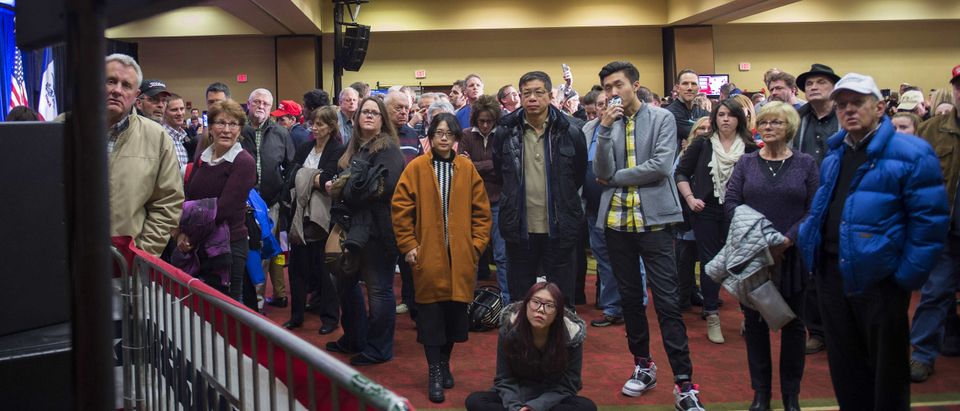Polls before elections take place are questionably accurate, but once the deed is done voters tend to be honest. Exit polls from both the Republican and Democratic caucuses reveal things suspected by voters, while at the same disproving many popular notions.
1. Immigration is not the most important issue among Republicans: CBS’s exit poll asked GOP caucus-goers about which of four separate issues did they think was the most important facing the nation. Those issues were “Government Spending,” “Terrorism,” “Economy/Jobs,” and “Immigration.” Government spending was viewed as the most important issue facing the country with 32 percent of voters held that view. The least important? Immigration, with only 13 percent of caucus-goers seeing that as the largest threat. This helps explain the result of Monday’s caucus. 44 percent of those who viewed immigration as the most important issue were Trump supporters, and Cruz voters were the ones who most believed government spending was the greatest threat.
2. Rubio and Clinton are supported for the same reason: Democrat and Republican caucus-goers were asked which one of four candidate qualities was the most important to them. Only one of these qualities was asked to members of both parties, “Can win in November.” This was the second most important quality for Republicans, the least for Democrats. Hillary and Rubio supporters largely saw this as the most important trait. 77 percent of Democrats who thought this supported Clinton, and 44 percent of GOPers who agreed voted for Rubio.
3. Older folk like Hillary, younger people like Sanders even more: Throughout the race the youth appeal of Sanders has been evident, and on Monday Iowans age 17-29 (you can vote in many primaries at 17) supported the Vermont senator over Clinton 84 percent to 14 percent. It wasn’t just the ultra-young who liked the self-described socialist, 62 percent of voters aged 30-39 supported Sanders, while only 34 percent voted for Clinton. The former secretary of state though does draw significant support from older voters. Iowans over 65 gave Hillary 69 percent of their support, and 26 percent to Sanders. She also led among voters age 50-64 with 58 percent voting for her, 35 percent for Sanders. It is important to point out that voters aged 50 and above constituted 58 percent of the vote, while those under 40 were 32 percent of caucus-goers.
4. How much education do you have? Easiest way to tell if you support [crscore]Marco Rubio[/crscore] or Donald Trump: As the amount of education of a Iowa Republican caucus-goer increases, their support for Rubio goes up and for Trump down, the same is true vice versa. Among voters with a high school degree education or less, Trump leads the GOP field with 32 percent support, Rubio gets 18 percent. Though with college graduate caucus-goers, Rubio is leading with 27 percent, and Trump falls to third place with 22 percent. Rubio’s support is even stronger among those with a post-graduate degree, he gets 29 percent support, Trump 20 percent.
5. Women don’t necessarily support Hillary: The voters in the Iowa Democratic caucus were majority women and by a solid margin, 57 percent female compared to 43 percent male. While women largely supported Clinton over Sen. Sanders, 53 percent to 42 percent, when looking at subgroups other another trend appears. There is a large disparity between married and non-married women and the candidate they support. Among married women Hillary’s lead widens 60 percent to Sanders’ 34 percent. When it comes to non-married women, Bernie actually leads 53 percent to 43 percent.


